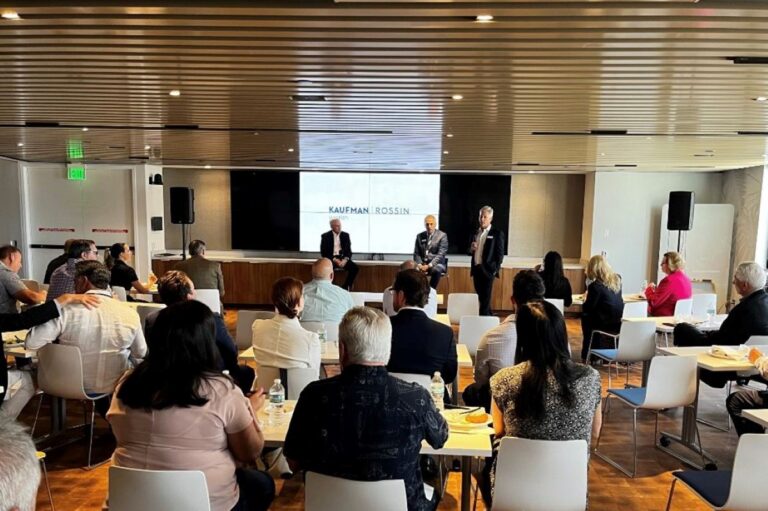6 Elements That You Need to Know to Satisfy Customers
How can I satisfy a customer? Originally appeared on Quora: the place to gain and share knowledge, empowering people to learn from others and better understand the world.
Customer satisfaction is a core metric for companies. Satisfying customers has a number of benefits on the overall business, such as increasing loyalty and encouraging word-of-mouth. Achieving high customer satisfaction is now a priority for companies: 83% of growing businesses rate customer satisfaction as “very important”.
Customer interactions take place on an increasing number of channels, on which customers are more and more demanding. Measuring customer satisfaction provides valuable insights to keep up with these expectations and adjust your strategy.
Why Customer Satisfaction Is Important?
Measuring Customer Satisfaction is a key area of Customer Care. To enhance your strategy and keep up to date with customer expectations, you should constantly measure satisfaction. Measuring CSAT is a way to keep in line with customers’ expectations.
Some of the key benefits of customer satisfaction include:
Showing your customers that you value their opinion and care about them
Identify unhappy customers to take actions
Identify happy customers to capitalize on their positive experience
Better understand which areas of your customer care strategy must be improved
How to Measure and Improve It
Customer Satisfaction Score (CSAT) is one of the most used metrics by customer service departments. It is measured by asking a question such as:
“How would you rate your overall satisfaction with the goods/service you received?”
CSAT Score usually ranges between 1 to 3, 1 to 5 or 1 to 10. The scale can be presented in different ways: numbers, sentences, emojis…
An advantage of the CSAT Score is that it is easy to implement and get results: the customer can answer in only one click to choose the score. However, it does not provide complete feedback, which can be obtained through a customer satisfaction survey.
The survey allows you to collect feedback from customers. By asking different types of questions about the services/products, it goes more in-depth than the CSAT Score alone.
To get exploitable results and maximize the response rate, the survey implementation should be carefully done.
Improving Customer Satisfaction
It’s important to know that every aspect of your business impacts customer satisfaction, making it impossible to give a universal customer satisfaction improvement plan.
Use Data Collected Proactively
Collecting feedback is only the first step, it should then be used to improve products and services. The feedback is collected by customer service departments, but it can touch any department in the company: sales, product, marketing…
Contact Your Customers
Customer satisfaction results allow identifying both happy and unhappy customers. While companies should contact unsatisfied customers, they should also reach out to happy customers. Companies should capitalize on this satisfaction and make sure it is long term.
Be Present and Flawless Across Channels
CSAT results are heavily influenced by the customer experience when contacting companies. If customers can easily interact on multiple channels, at any time of the day, they will more likely be more satisfied that if they can only contact you by phone at certain hours.
In the same way, average response time can have an impact on customer satisfaction. Customers now expect quick answers, especially on channels like live chat and messaging. If the company can respond as quickly as expected by customers, they are also more likely to be satisfied.
To Sum Up
The feedback collected through surveys provides key insights, to better understand what makes your customers happy or unhappy. With the multiplication of digital channels, measuring customer satisfaction becomes even more critical. By asking customers their feedback on each channel, you can easily identify which touch points are the best and which ones should be improved. That way, you will be able to offer the same quality of service across all channels, as expected by customers.
Contributed by Julien Rio, Marketing & Customer Experience (CCXP)









